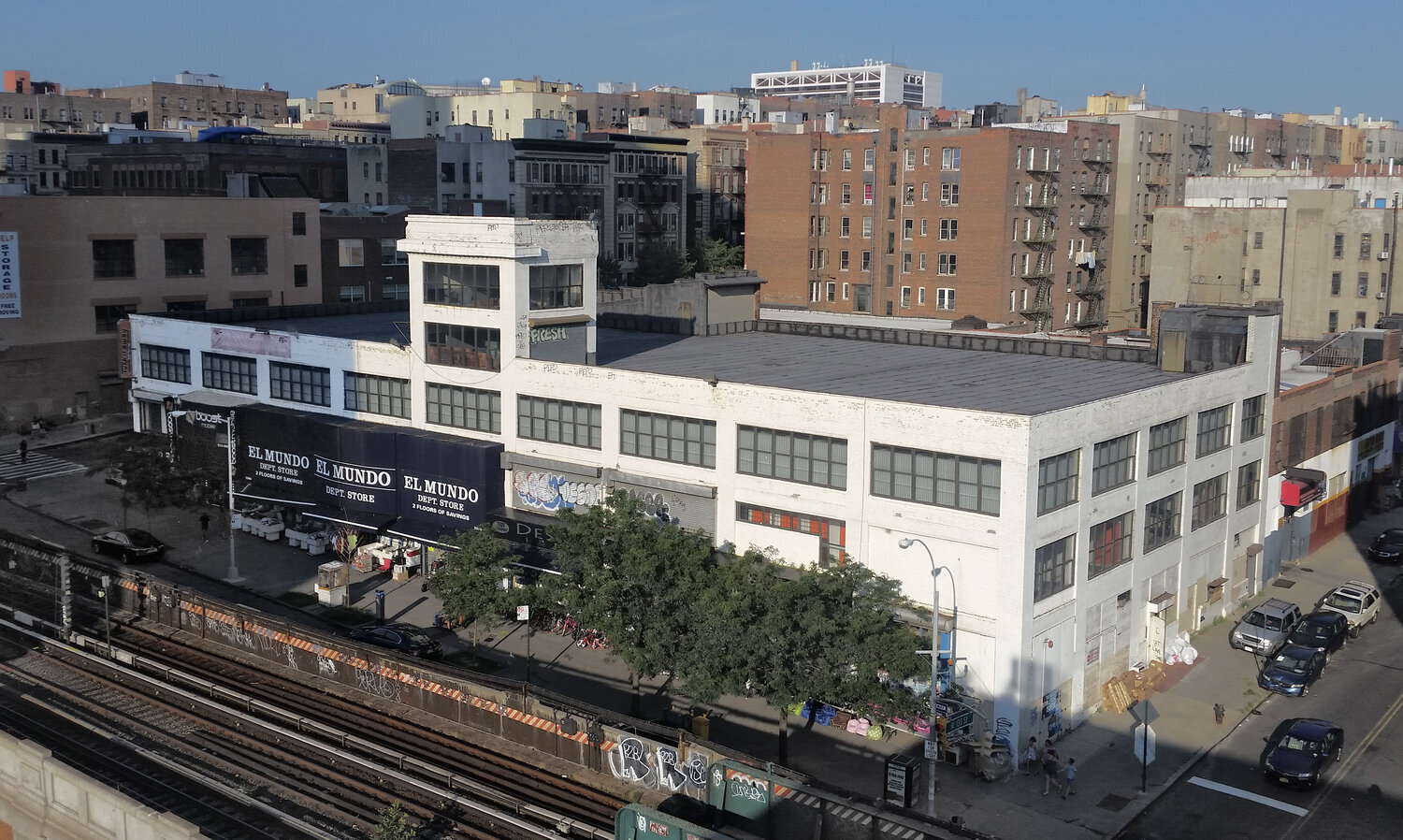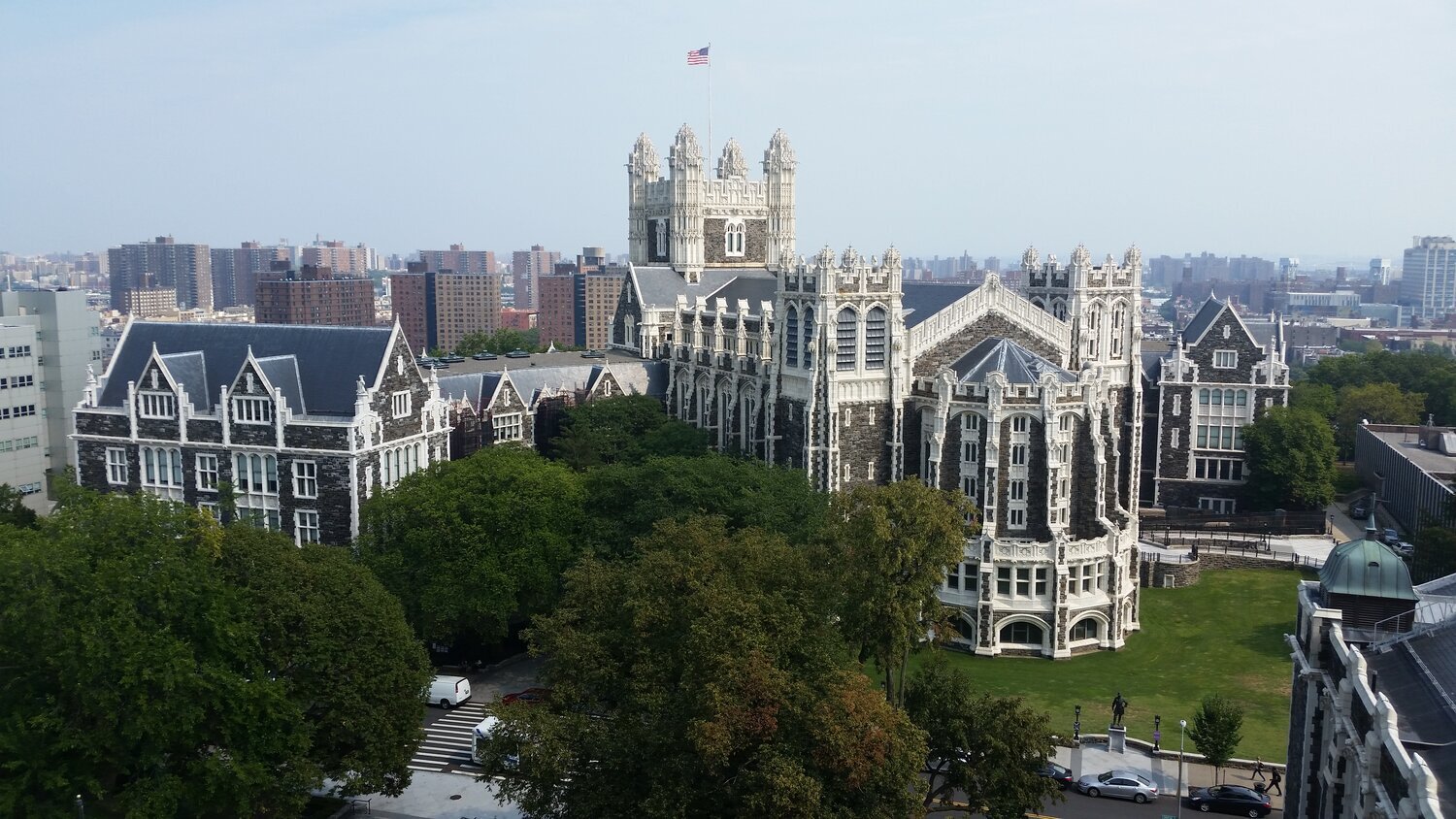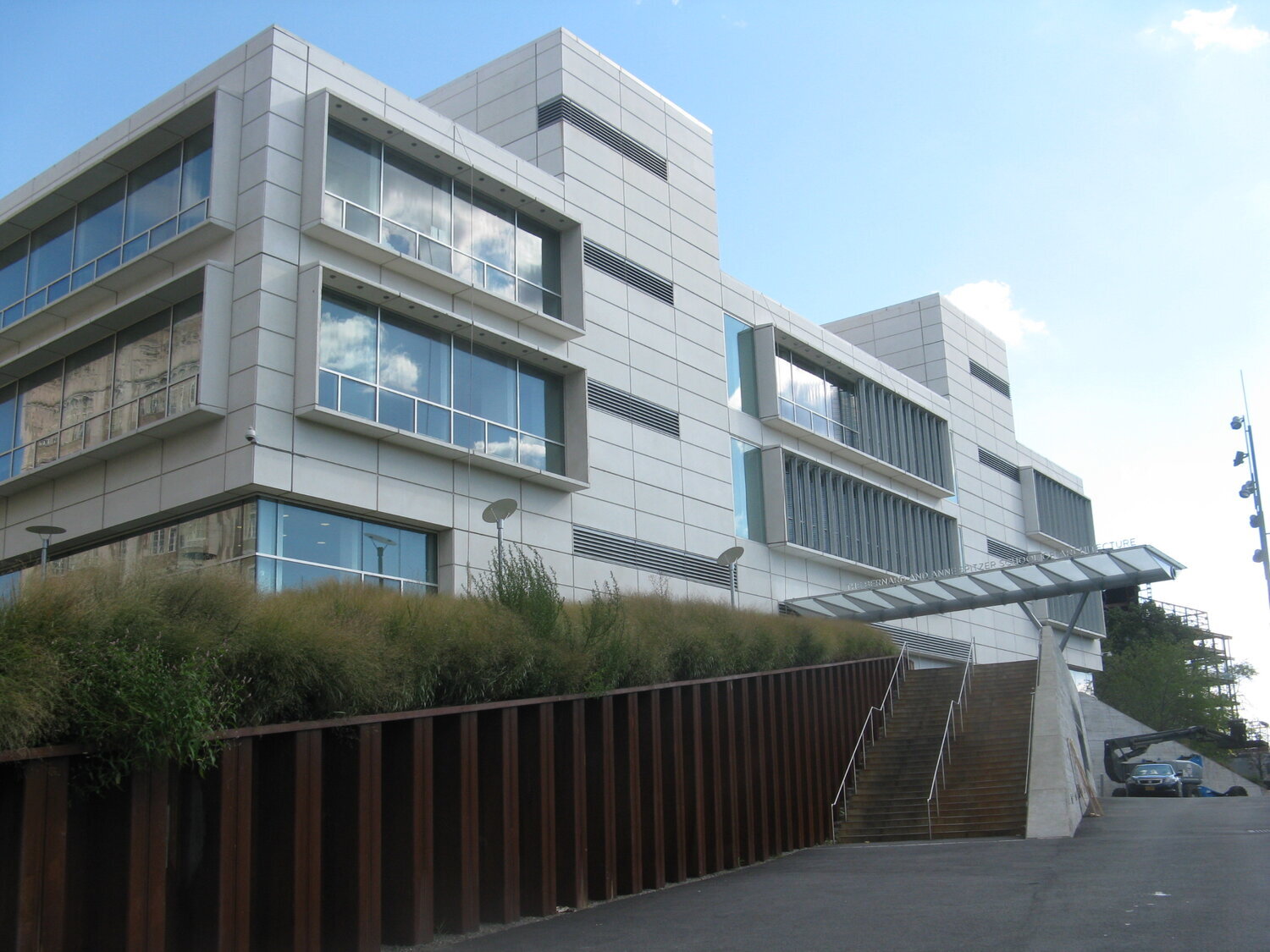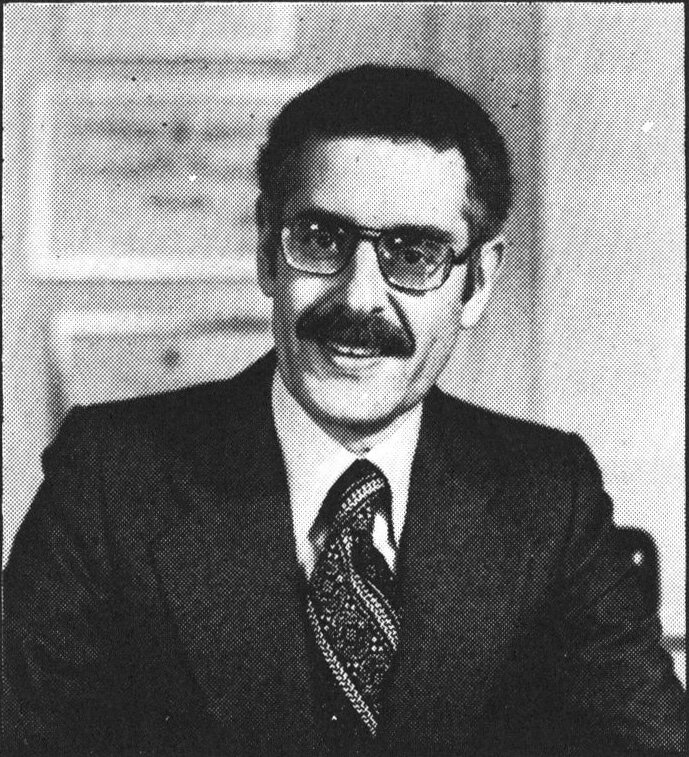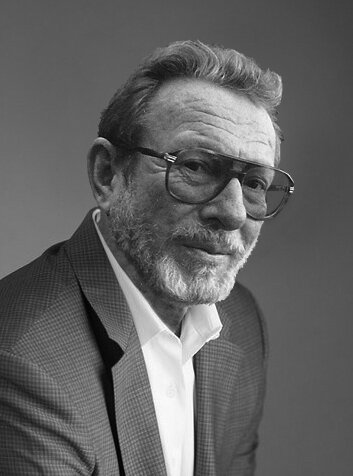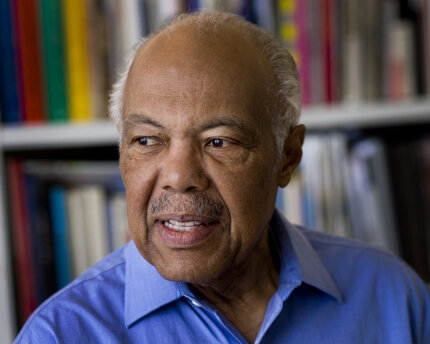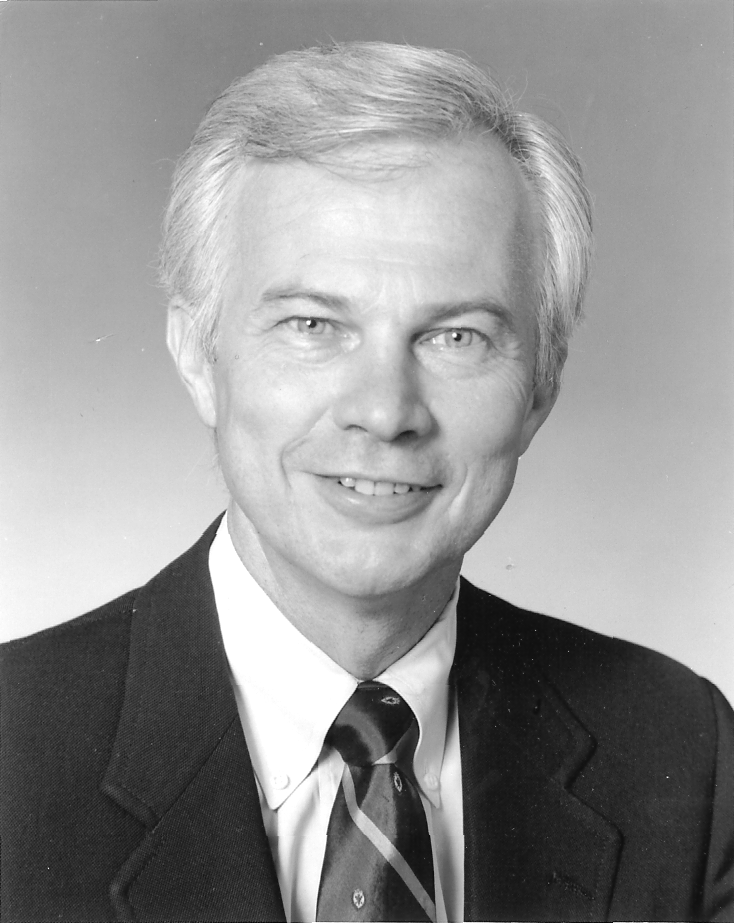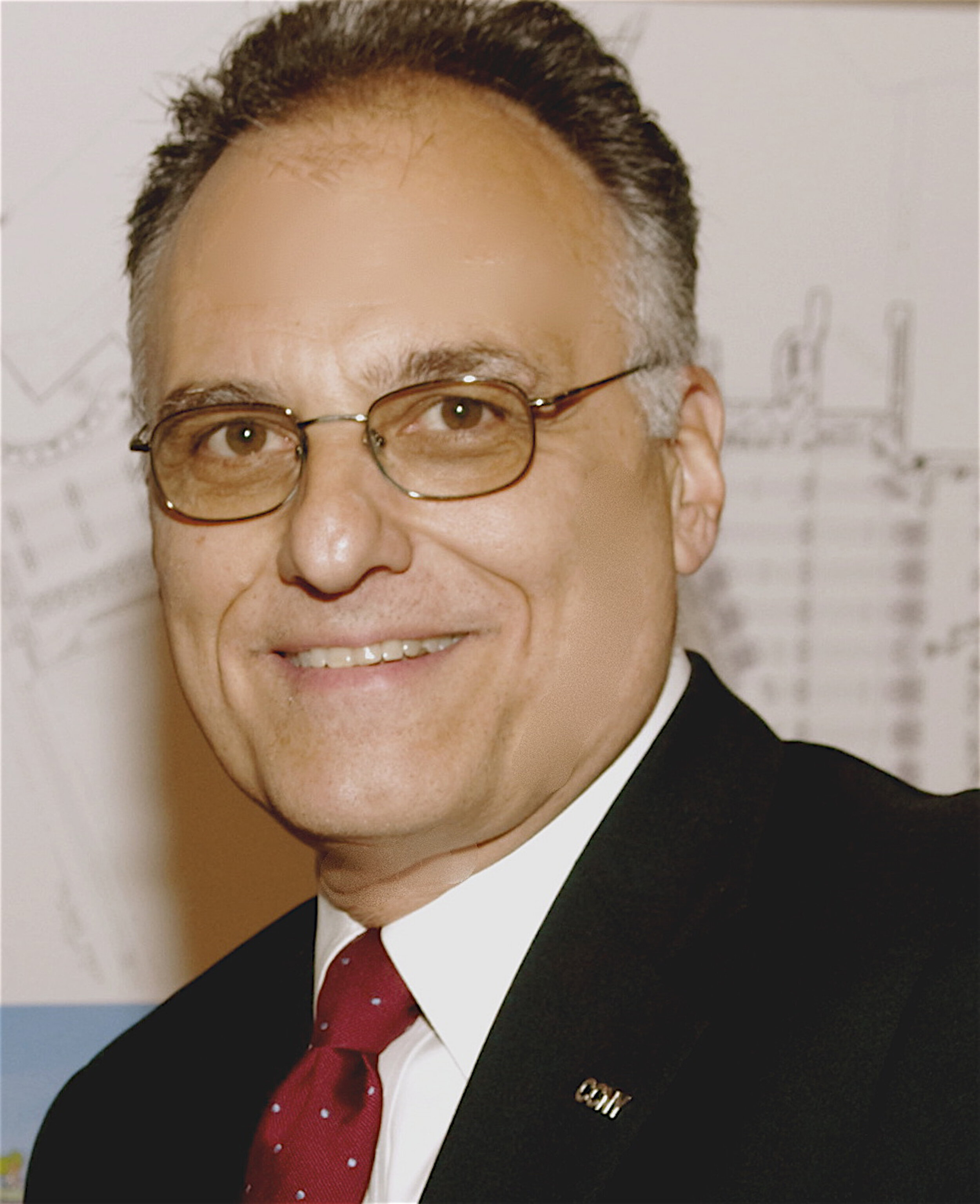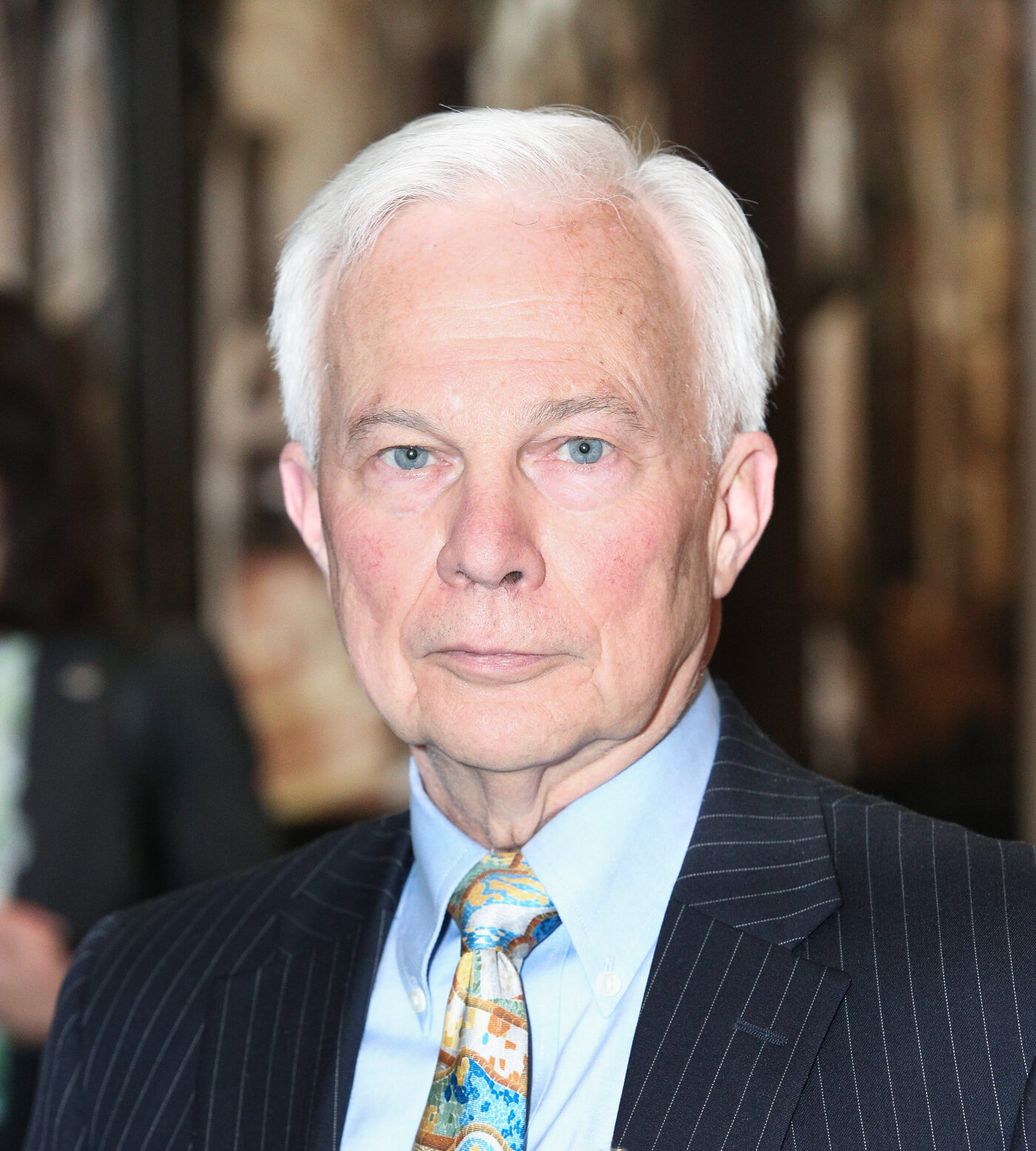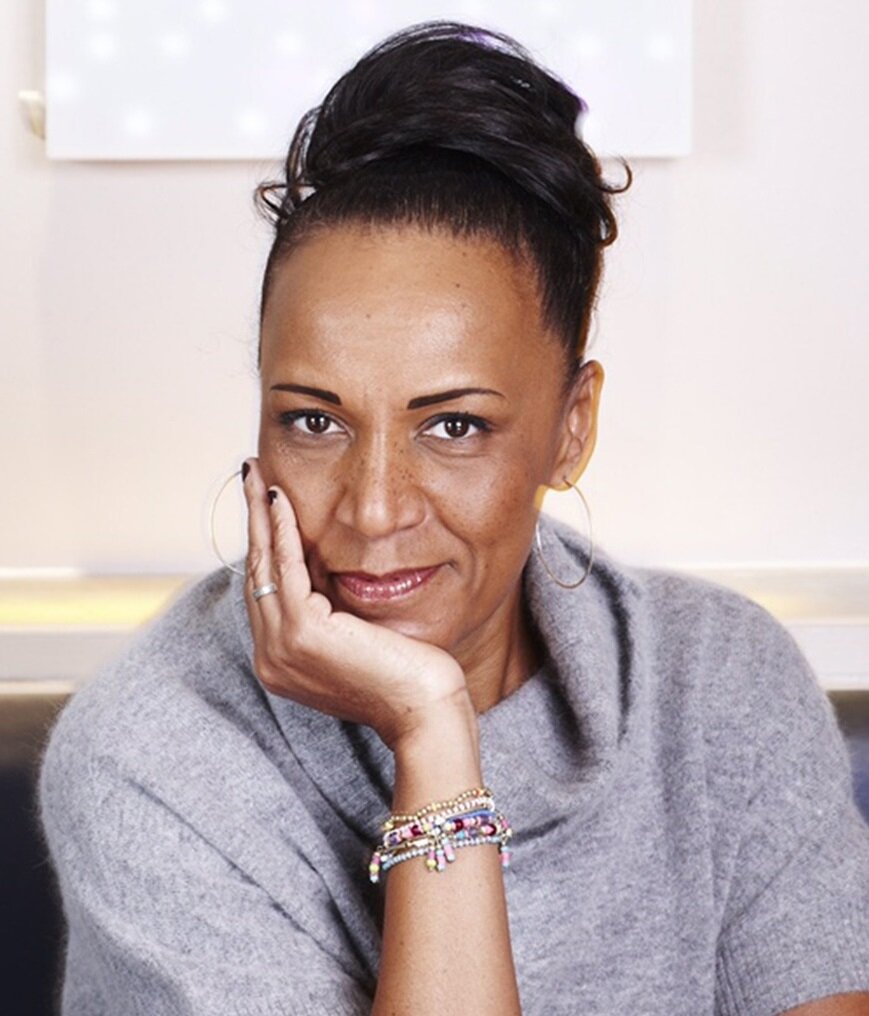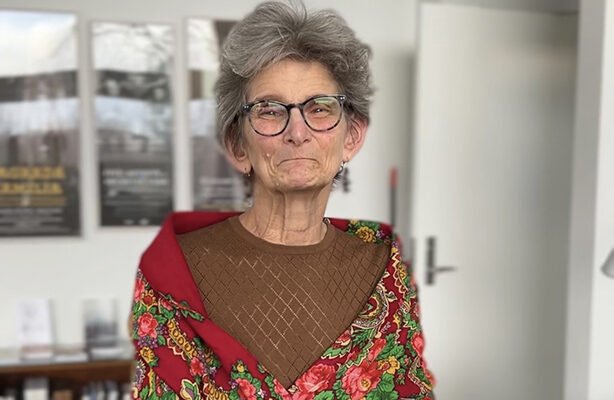History
Architecture at City College: Our School in Pictures
Here we remember the buildings that our School once called home. From Goethals Hall (1918-1968), Curry Garage (1968-1984), Shepard Hall (1984-2009) to our current home at the Bernard & Anne Spitzer School (2009-Present), we hope this resource offers a place for alumni and researchers to remember a storied past and design for a better future. If you’d like to learn more about the growth of our program into a school, check out the SSA History web page as an additional resource: https://ssa.ccny.cuny.edu/about/history/
Deans of Architecture: A Timeline
The Dean is the representative figurehead of the school. Since our establishment as a School in 1968, the Dean along with the dedicated efforts of the Chair and faculty have sought to maintain a creative academic setting and to provide students all the resources necessary to pursue successful careers in design. These Deans would not have been able to achieve these goals without the faculty devoting themselves to students in the interest of passing their wisdom to future generations. It is to the collective faculty, past and present, that we owe a great debt of gratitude.
From top left to bottom right: Bernard Spring 1969-1980, Rosaria Piomelli 1980-1983, Donald Mintz 1983-1985, J. Max Bond Jr. 1985-1992, *Gordon Gebert 1992-1999, George Ranalli 1999-2015, *Gordon Gebert 2015-2019, Lesley Lokko 2019-2020, *Brad Horn 2021, Dr. Marta Gutman 2022-Current
The City College of New York: A Minecraft World
The North Campus is a pretty sight!
In light of the recent global shutdowns of schools due to COVID, many students have begun building their campuses in Minecraft with the goal of creating a virtual space to stay connected with friends in a collaborative environment centered on building. What is Minecraft? It is an online virtual building platform composed entirely of cubes. It can be bought with a one-time fee of $29.99 and allows players to build in their own worlds or connect to servers and build with others.
Columbia, MIT, Boston University, UCLA and more have all built their campuses in Minecraft and made them available on servers. Some have even held virtual commencements on their Minecraft campuses. Now City College joins this movement and offers a virtual space to explore, socialize and build with friends while we all bear through this difficult time of social distancing. In conjunction with the Architecture Alumni Board (AAB), Dalton Whiteside has constructed the CCNY campus as it appeared in 1952. Being this world shows CCNY at the “peak of the empire” when the campus was composed of 36 buildings and 40 acres, we take the concept of a Minecraft campus a step further by giving players the opportunity to explore a space through time. This also bridges the gap between alumni (who are familiar with many of the older buildings) and current students that see a completely new campus. We will soon be opening this world up as a server to the public with full information on this web page. More details can be seen on the build page here: https://www.planetminecraft.com/project/the-city-college-of-new-york-1952/
We hope get others on the build team to help with refining the campus landscape, building the surrounding tenements, and ultimately to build the campus as it appears present-day. If you are interested in joining the team, contact Dalton Whiteside at djwhiteside@gmail.com
Stay tuned!
SSA Students Create Virtual Reconstruction of 1952 CCNY
Beginning in 2016 with a two-semester Independent study course and a team of eighteen students, led by project coordinator Dalton Whiteside and supervised by Prof. Alan Feigenberg, this project used blueprints of campus buildings from the College Archives to create a virtual model of CCNY in 1952 to show the many buildings that once defined our campus. The course was later extended as a class in the Spring 2017 semester under the supervision of then Dean Gordon Gebert with a team of four. The third semester focused on getting the model finalized, rendered and made into an accessible platform for students and the community to be able to use virtual and augmented reality to be able to explore the campus in this historical setting. The team was instructed in Unity by Prof. Matthew Seibert and a timeline slider allowing buildings to appear and disappear as viewers moved through time was created by Engineering student, Chen Gao. Although the finalized model with the rendered environment and virtual / augmented reality accessibility was and is still in the works, a virtual fly-through was presented at the College’s 170th Anniversary Gala in the Great Hall in May 2017. Dalton was presented with the President’s Leadership Award by President Vincent Boudreau and then Dean Gordon Gebert for leading the team in this project. We are pleased to share with you the virtual reconstruction, though still a work in progress, it is the labor of these students that made this magnificent feat a reality.


